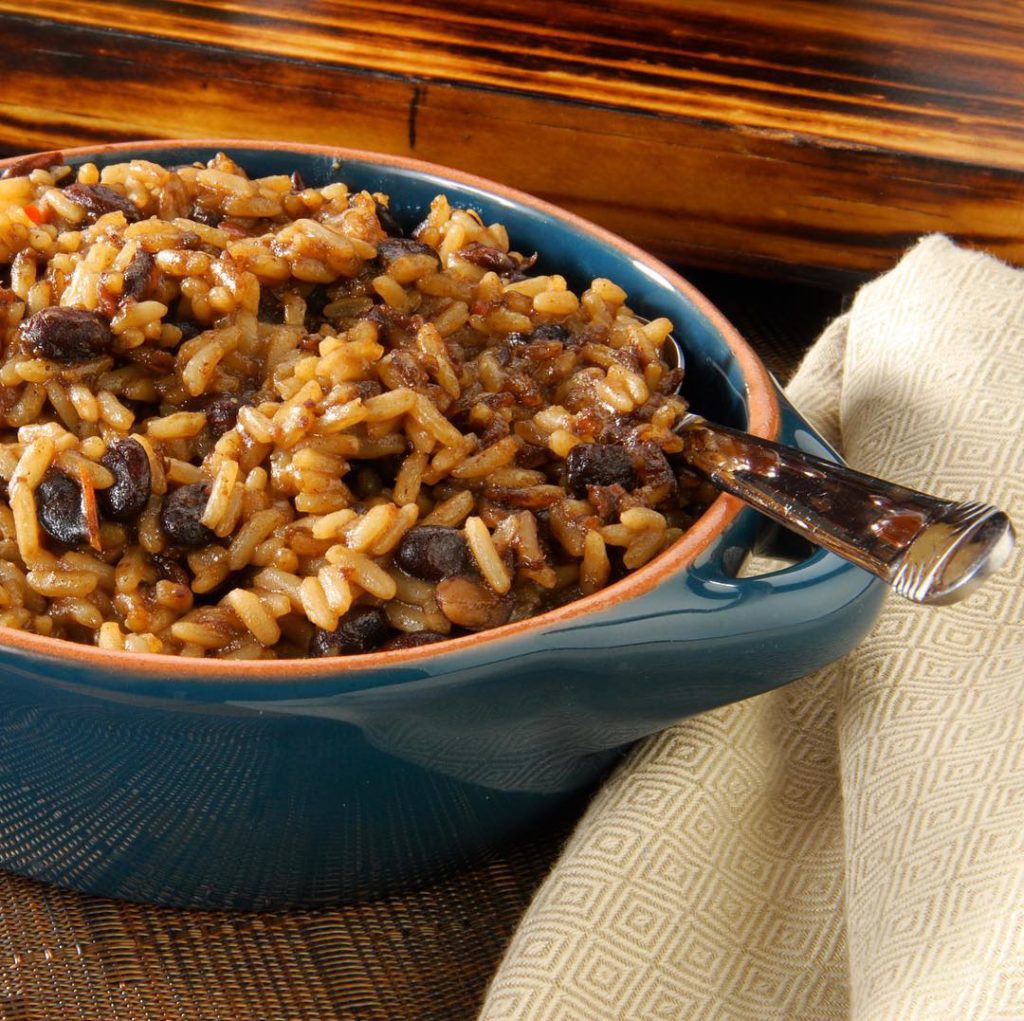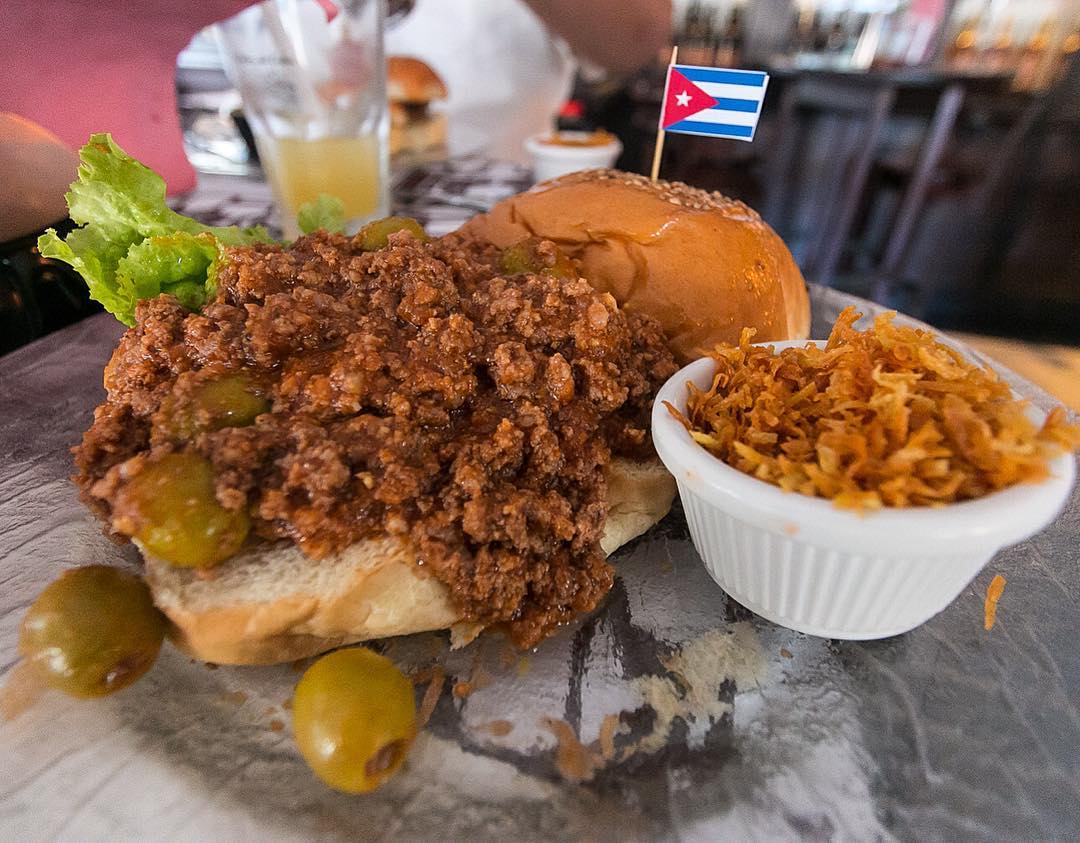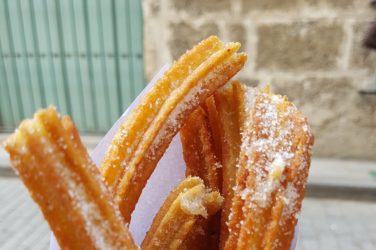Cuban food is a mix of cultural influences, including Taino, African, Spanish and Caribbean. While many Cuban dishes are similar to those in these countries, there is a definite twist on the flavors and the nature of the ingredients that create a distinct Cuban cuisine. Cuban meals are built around meat, especially pork, and lard. Many foods are deep-fried. The most typical Cuban dish is the comida criolla, which always includes fish, pork, chicken, or seafood; a salad’ fried plantains; and rice and beans. There are many other foods to try as well.
=======================
1
Tamales
While these are similar to the well-known Mexican tamales, Cuban cooks mix the meat with the dough rather than use it for filling. In other words, Cuban tamales aren’t stuffed, but incorporate tiny bits of meat. Originally from Mesoamerica and the Olmec, Toltec, Aztec and Maya civilizations, which date from between 8,000 and 5,000 BCE, tamales were used as a portable food eaten by hunters, travelers and warriors. Before the 1959 revolution in Cuba, street vendors sold Mexican-style tamales wrapped in corn husks, so food historians think the dish was brought to Cuba from Mexico during a time of cultural exchange. A 1950s Cuban song celebrates the tamales sold by a vendor in Cienfuegos. One Cuban variation on the tamales is tamale n cazuela, which is cornmeal flavored with meat and boiled in a pot for a type of hearty porridge. This is said to have been the favorite dish of Fidel Castro.
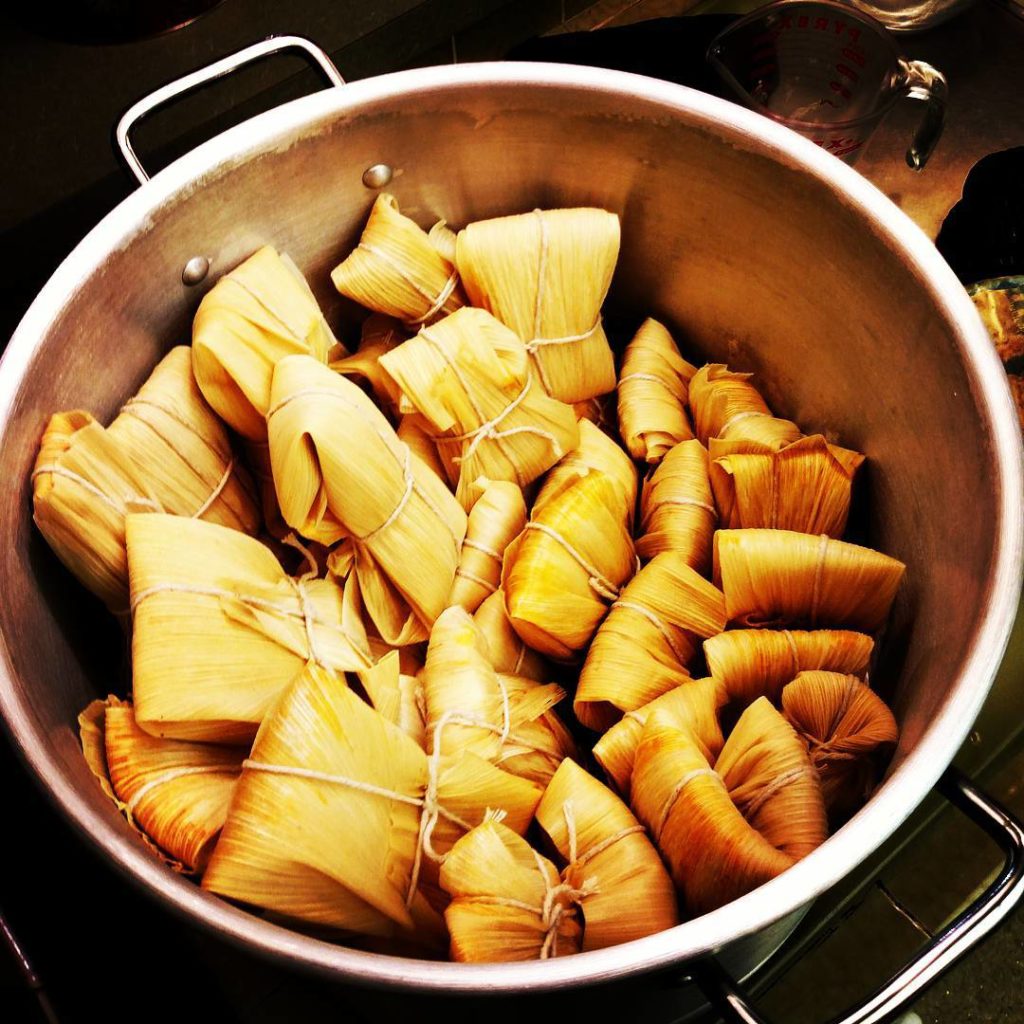
=======================
2
Medianoche
The name of this sandwich means “midnight,” reflecting the fact that is generally served in Havana’s nightclubs at about that time. It consists of a soft and sweet egg bread with a filling of ham, roast pork, mustard, Swiss cheese and dill pickles. The sandwich is usually warmed in a press before serving. The French author Alexandre Dumas (1802-1870) refers to the sandwich in his 1840 book Martin Guerre, which described medianoches being served on a wedding night in the southwest area of France near Spain in 1556.
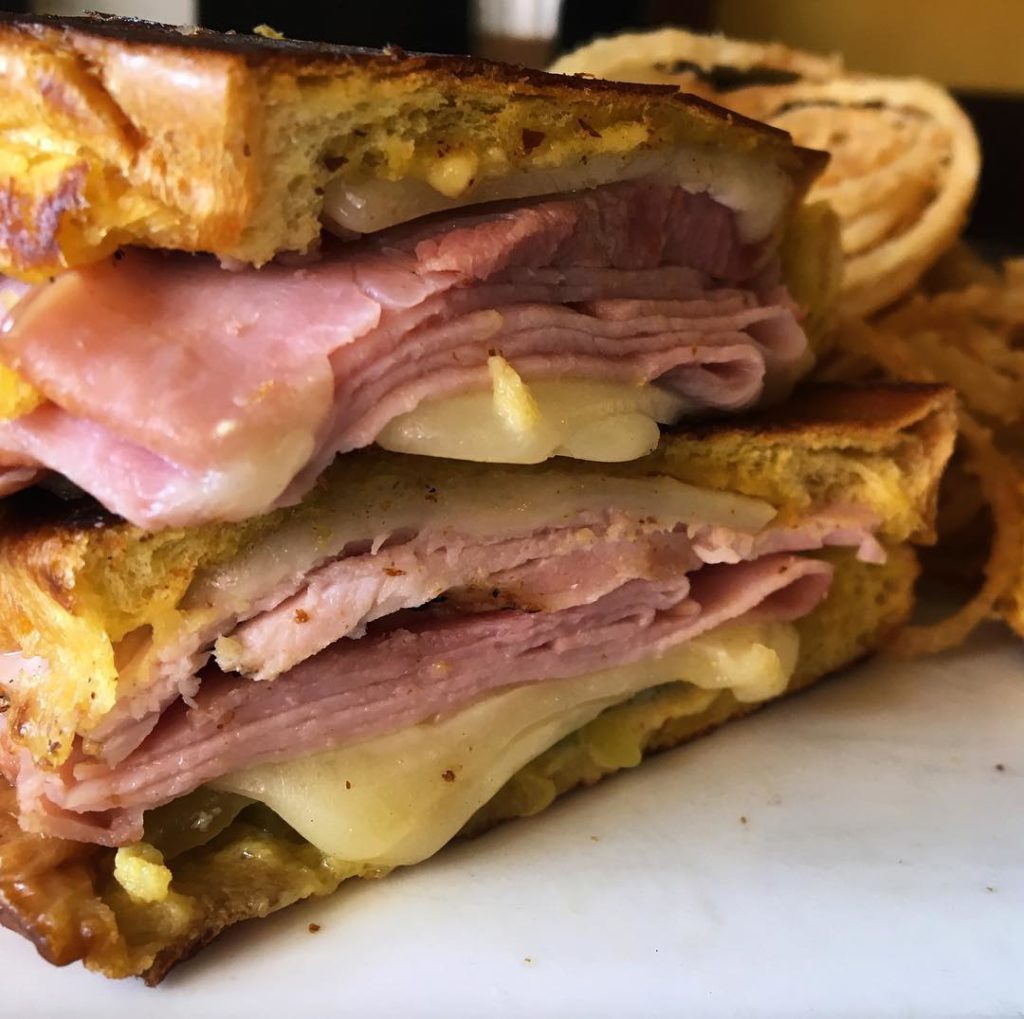
=======================
3
Ropa Vieja
Called the “National Dish of Cuba,” this popular food features shredded beef and vegetables served in a way that resembles a pile of rags. The appearance gives the dish its name, which is Spanish for “old clothes.” Ropa Vieja is said to date from the Middle Ages, originating with the Sephardic people of Spain. It began as a way to stretch leftover stews like puchero or cocida, which both are garbanzo-based dishes. It was brought to Cuba from Spain, and the Cubans adapted it to their taste. Beef and tomatoes are central in the Cuban version, which also contains bell peppers and onions.
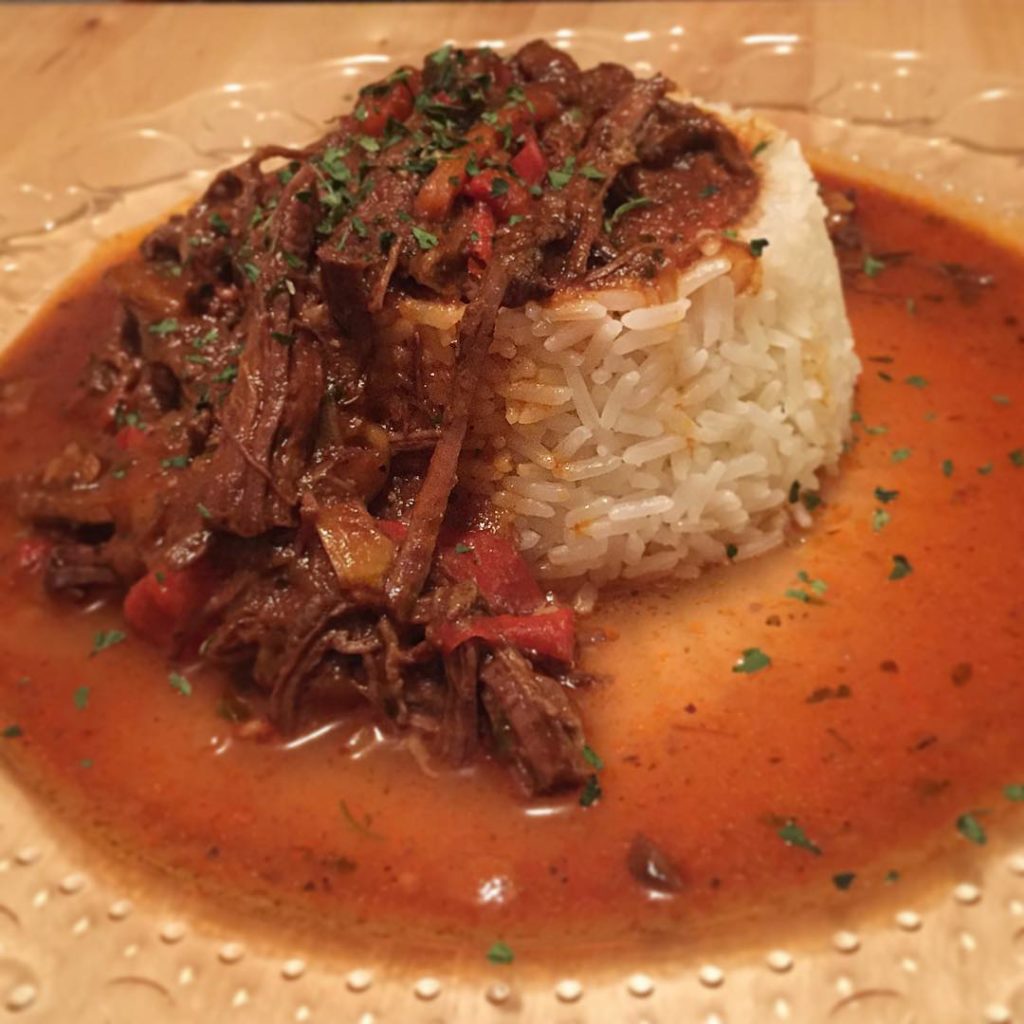
=======================
4
The Sloppy Joe
The Sloppy Joe sandwich was invented in Cuba some time in the 1930s at Sloppy Joe’s Havana Bar. The bar’s proprietor served a distinctly Cuba-style sandwich of picadillo, which was made with ground beef, capers, and olives. The popular sandwich recipe was taken to a Key West bar, the Silver Slipper, by an American fan; but it was made differently there, being more ketchup-centered and missing the Cuban ingredients. The original version can still be found at Havana’s Sloppy Joe’s Bar, which reopened in 2013 after 50 years.
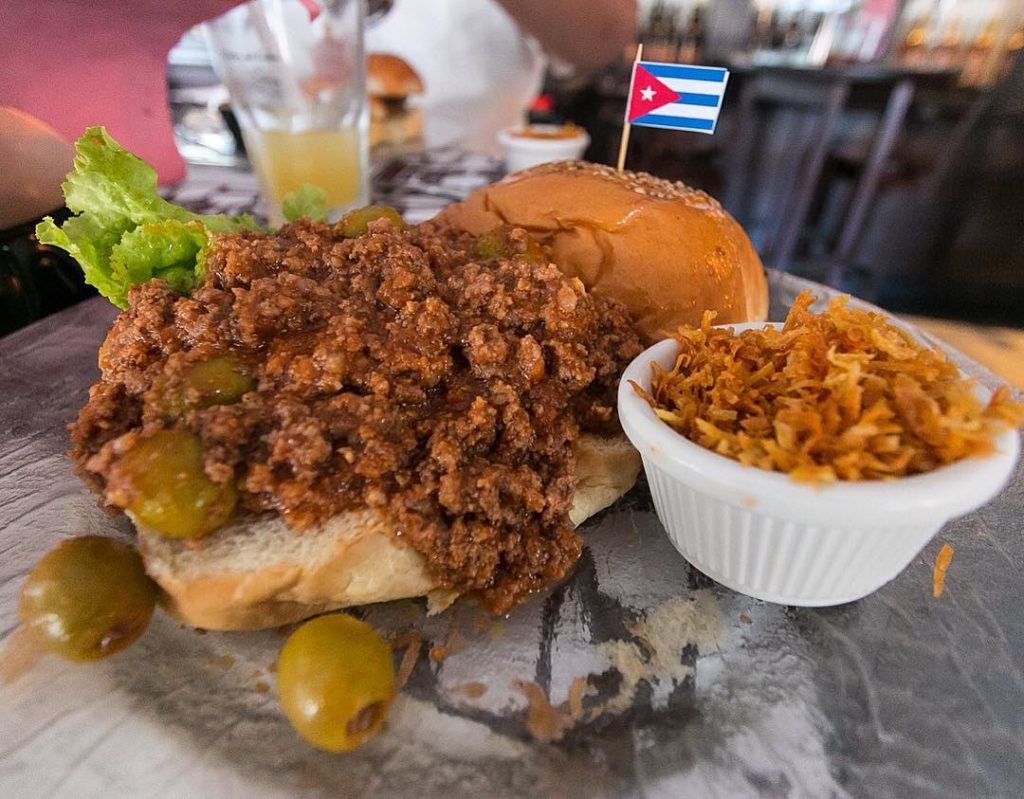
=======================
5
Moros Y Cristianos
Platillo Moros y Cristianos is the evocative name for a dish of rice and black beans that is served at nearly every Cuban restaurant. The name means “Moors and Christians,”with the Moors” referring to the black beans and the “Christians” to the white rice. It stems from the time of Islamic influence over Spain during the early 8th century and to the 15th-century Reconquista when Spanish Christians took over control of the land. There are many different versions of the dish, and sometimes the beans and rice are cooked separately and mixed together only upon being served. The secret to a successful mixing of the beans and rice is said to be patience as the dish must be cooked slowly to allow the flavors to combine effectively.
